The ball finally dropped recently (what an unfortunate phrase, but its 1am as I type and it'll do). I am a shopoholic. Even though I am mostly just spending the loose change I find at the bottom of my bag in a charity shop. I undeniably get a buzz from shopping. I have been making efforts in the past year or so, to curb that spending, to turn high street spending, into sustainable spending (Being more selective, buying vintage or second hand when possible). Even when I don't have the funds necessary to feed my habit, I find myself spending hours on etsy longingly favouriting dresses I will never afford or own.
While I do love the acid prints and colour palette of 1960s and 1970s clothing, the man made materials of some of these dresses isn't as much to my taste. The materials can be itchy, uncomfortable and sometimes don't hang right on my shape. I try and buy natural fabrics as much as possible, but these cost that bit more. When it comes to materials, you do pay for quality.
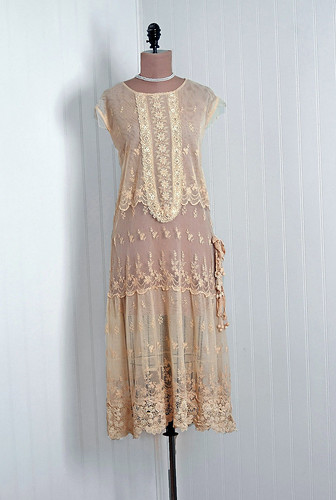
1920's Antique Vintage Ecru Embroidered French-Lace & Irish-Crochet Dress
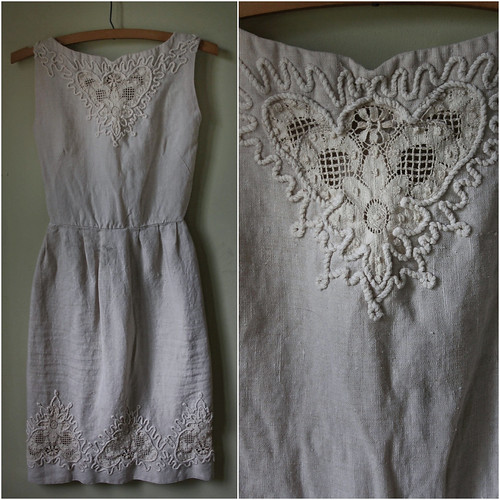
Linen and Lace Heart Dress
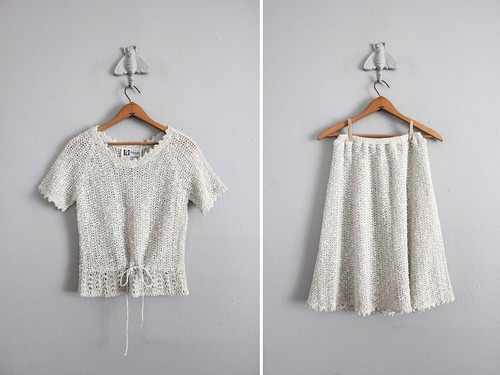
1970s vintage 100% pure Irish linen knit skirt set
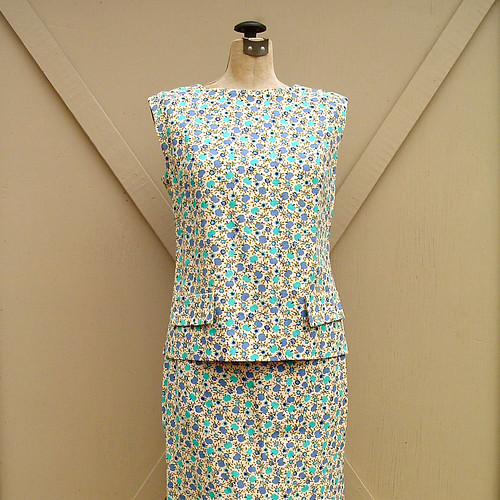
60s vintage Blue Apple and Floral Print Irish Linen Skirt and Blouse Set
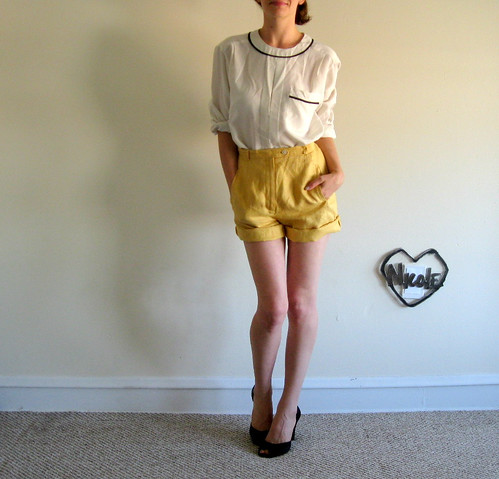
mustard saffron yellow high waist shorts made of irish linen
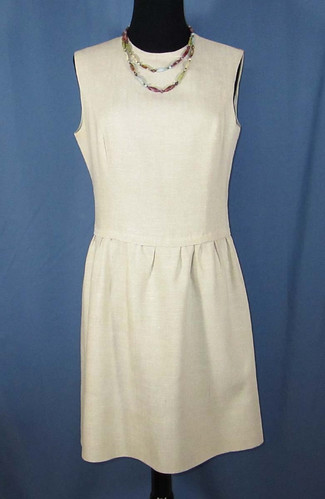
1960s Irish Linen Dress
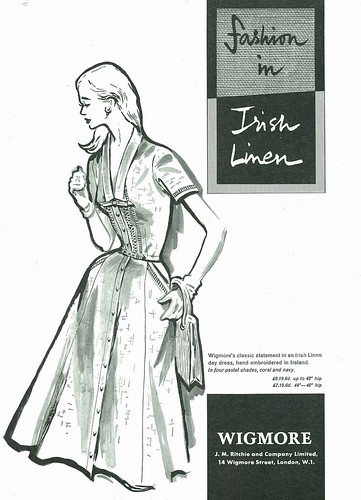
UK Vogue 1958 Magazine Advertisement

Antique Early 1900's Ulster Spinning Company Irish Linen Thread
What is linen?
Linen is a yarn or fabric made from the cultivated flax plant. Dating back more than 5000 years, it is one of the oldest textile fibres known to man and weaving cloth is man's oldest manufacturing activity. Flax fibre is soft, lustrous and flexible. It is stronger than cotton fibre but less elastic. The best grades are used for linen fabrics such as damasks, lace and sheeting.
Why Irish Linen?
The Irish Linen industry was mostly concentrated in the North of Ireland, particularly in the 18th and 19th centuries.
Since about the 1950s to 1960s the flax fibre for Irish Linen yarn has been, almost exclusively, imported from France, Belgium and the Netherlands. It is bought by spinners who produce yarn and this, in turn, is sold to weavers (or knitters) who produce fabric. Irish linen spinning has now virtually ceased, yarns being imported from places such as Eastern Europe and China.
See Irish Linen

I was so delighted with all the garment-love I wasn't even expecting to get any learning in. Great post. I'm off to go dream about that first dress.
ReplyDeleteI couldnt agree with you more about investing in good material, makes such a difference! I'm going to dream about the second dress.
ReplyDelete